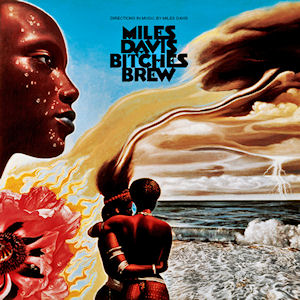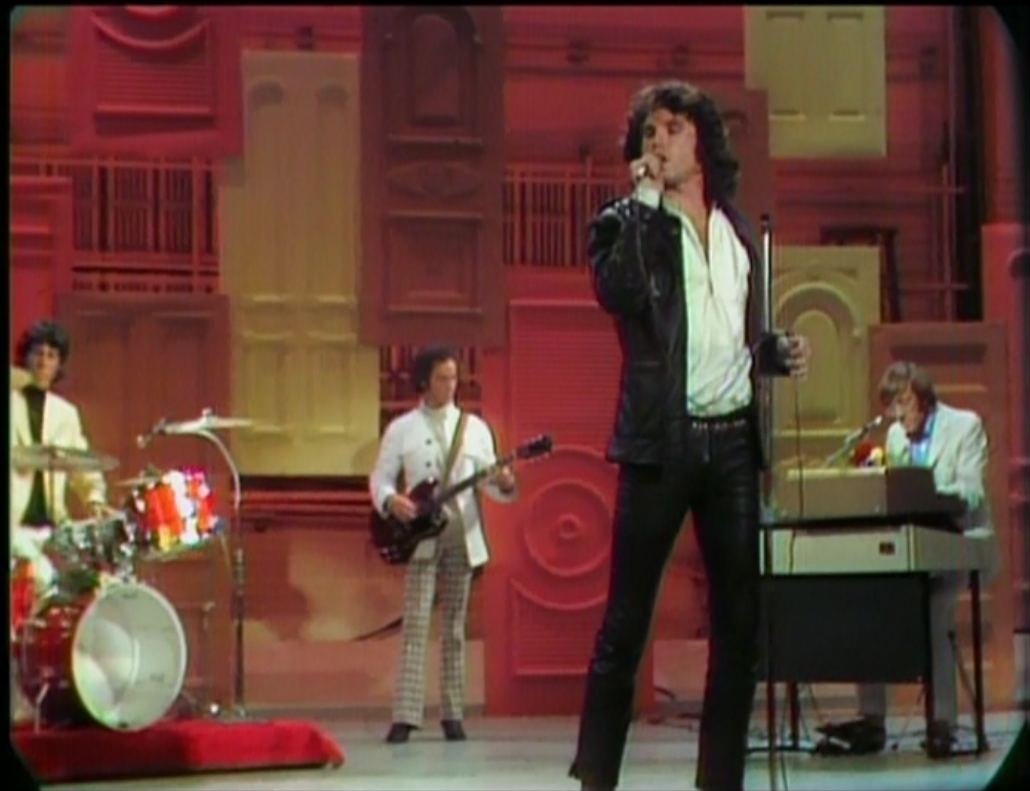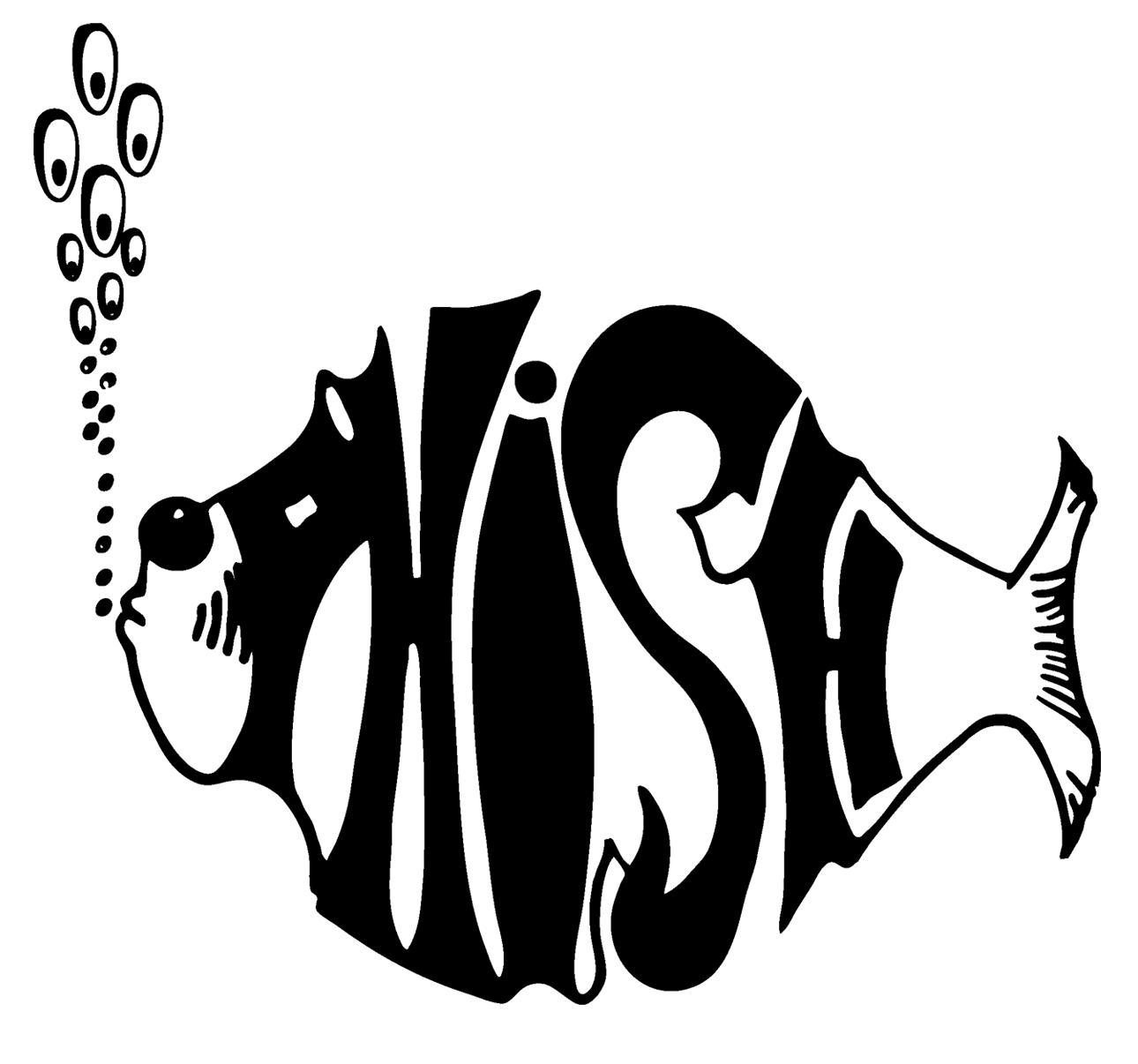There is a severe lack of improvisation in this world, in music and in life. Each day is scripted, habitual, routine, indistinguishable from the day before and the day after. The tide comes in, and the tide comes out. We march through eternity: left right left, death life death. Everything has happened once before, at least once before, but usually a million times before. I preplan everything I ever say on the rehearsal stage of my mind and have a bad habit of repeating myself like an old man deep into his anecdotage. Did I ever tell you about that time where that thing happened to me? The answer is always a polite and resounding “yes.”
Repetition vs. Variation
 Music is a constant balance between repetition and variation. Too much repetition and music gets boring really fast. Too much variation and the listener ceases to care. Compare the 4/4 even-steven beat of a Pop song, with a Classical movement that ebbs and flows, dynamically dancing from theme to theme.
Music is a constant balance between repetition and variation. Too much repetition and music gets boring really fast. Too much variation and the listener ceases to care. Compare the 4/4 even-steven beat of a Pop song, with a Classical movement that ebbs and flows, dynamically dancing from theme to theme.
A big reason people can’t get into Jazz is because there is nothing to hold onto, just a steady-stream noodley salad of notes. Bitches Brew by Miles Davis is a milestone jam album of Jazz Fusion, but there is very little full band improvisation, and minimal communication between the different players playing on top of each other; they just happen to be playing in the same tempo at the same time. And Miles himself overdubbed all of his parts in post-production, after the music had already happened. The songs fade in and out, but the beginnings and endings of a jam are often the most improvised moments due to the lack of a steady beat. What people remember about this album is the rubato opening of the the title track: Ba-da Ba-da Ba-da Ba-da Ba-da…Bwaaaaaaaa!
Do Jazz musicians ever really improvise? The individual soloists may improvise somewhat, but most of it is pretty formulaic. A set groove in a set key with a lead soloist playing what they’ve already practiced beforehand. Jam Bands are the same way. They have a set part in a song with set chords for the soloist to play over. Maybe the rhythm will change and everyone will join in, but that’s about it. Maybe they’ll leave the amount of jamming open-ended, but they eventually return to the head, back to the chorus, never really exploring the unknown. Of course, Classical Music banned improvisation along with the Devil’s interval back in the Middle Ages.
 The classic Classic Rock jam on “Light My Fire” by The Doors is a long keyboard solo followed by a long guitar solo over the same 1-measure Dorian groove. The most exciting part of this jam is when the drums and guitar start lining up on “the hits”—a series of triplets and bends (Example 1, Example 2). It’s classic and rocking, but it isn’t really improvisation. The soloist has seven possible notes to play. The diatonic scale dictates a limited number of combinations of these notes into phrases. The drums are going to go: boom-pah boom-pah. Everyone lands on the One. All music is Dance Music.
The classic Classic Rock jam on “Light My Fire” by The Doors is a long keyboard solo followed by a long guitar solo over the same 1-measure Dorian groove. The most exciting part of this jam is when the drums and guitar start lining up on “the hits”—a series of triplets and bends (Example 1, Example 2). It’s classic and rocking, but it isn’t really improvisation. The soloist has seven possible notes to play. The diatonic scale dictates a limited number of combinations of these notes into phrases. The drums are going to go: boom-pah boom-pah. Everyone lands on the One. All music is Dance Music.
Most songs can be absorbed in the space of a few measures if not a single measure; nothing will really change or develop over the course of 3-5 minutes. The dynamics stay the same. There is a single tonic throughout. Verse chorus verse. And the verses often sound the same as the choruses, only not as good. Where is the excitement and newness that music can offer, flowing like time eternal, born from silence, returning to the source?
Of course, repetition can be totally awesome, as in a Rock band like Nirvana that utilizes it to great effect. The sheer primal energy of their music makes up for any possible boredom one might experience from the repetitiveness of a 4-chord song (albeit 4 beautiful chords that were never quite expressed before), as well as the dynamic between quiet verses and explosive choruses. And of course when the melody and lyrics are so sonically choice, what need have you for variation? Although, I do prefer some of the early songs like “Aero Zeppelin” that follow a more prog structure, balancing repetition and variation.
Nowadays, so many popular bands play to live backing tracks, leaving no wiggle room for anything unexpected to occur. The audience is just paying to watch their favorite band play along to the studio album. It is the fear of the unknown, but also the fear of sucking. Live mistakes can be fun when handled properly. The danger of everything falling apart allows for some real brinksmanship heroics giving the band the chance to swoop in and save the day. Anything cannot happen if a band is just playing along to a metronome for a set amount of time.
I once saw Jazz-Rock trio The Slip in concert, and the guitar was making some unintentional but not entirely unpleasant electrical noises. The guitarist actually apologized to the audience, and without missing a beat, a fan next to me shouted “Every note counts!” So right you are friend. He made the show, and everyone cheered for the sentiment. I often think of your words, superphan.
 The Dead vs. Phish
The Dead vs. Phish
MKultra superstars—The Grateful Dead—were engineered to spread the CIA truth drug LSD-25 to American youth culture in order to nip the bud of a growing anti-war sentiment flowering in the 60s. They are also the first Jam Band. Many people dislike them because they never seem to go anywhere, and I can relate somewhat. If their music were represented visually, it would be a straight line that eventually stops or merges into a new straight line. Their jams are mostly the same: a repetitive 4/4 Mixolydian groove with variations coming from the meandering bass-lines, the noodling lead guitar, and accents from the double drummers. It is a long trough full of delicious dayglo noodles, perfect for zoning out to. The appeal is Jerry’s guitar soloing, the interplay between the bass, drums, keys, and guitar, and of course, Owsley’s Orange Sunshine.
 Phish carried the rock improv torch, becoming the Jam Band par excellence in the 90s. Like The Dead, they mostly play in Mixolydian, although occasionally dabbling in other under-appreciated modes like good ole Lydian. They are funkier and faster than their 60s counterpart, and certainly more silly in their self-awareness. Many listeners will reject both of these bands on premise, and I can sympathize—the sound isn’t for everyone, and the hippie-jock drug culture can turn people off, but there is much that can be learned from what they both achieved with improvisation and the musical conversation between long-term bandmates.
Phish carried the rock improv torch, becoming the Jam Band par excellence in the 90s. Like The Dead, they mostly play in Mixolydian, although occasionally dabbling in other under-appreciated modes like good ole Lydian. They are funkier and faster than their 60s counterpart, and certainly more silly in their self-awareness. Many listeners will reject both of these bands on premise, and I can sympathize—the sound isn’t for everyone, and the hippie-jock drug culture can turn people off, but there is much that can be learned from what they both achieved with improvisation and the musical conversation between long-term bandmates.
Type I vs. Type II
A common way of expressing repetition vs. variation vis-a-vis improvisational music is to call all jamming over a set beat and chords: Type 1, while Type 2 would be the opposite where the band basically improvises an entire song on the fly. The drummer clicks off and everyone just goes for it. Or someone starts, and other voices join, and whatever happens happens. Type 2 can be rough around the edges, but that is where true improvisational greatness is discovered. Type 1 can elevate a simple song into something epic, especially for a live show, where the audience needs a little more than just hearing their favorites regurgitated note for note. Type 2 can potentially ruin a show with its badness, but it’d still be worth it.
The Grateful Dead and Phish both rely heavily on Type 1 Improv, almost exclusively. Phish plays around with Type 2 sometimes (as in The Storage Jam [their most innovative set since ’94]), but mostly uses the ends of their songs as vehicles to jam out and segue into the next song. There aren’t many bands that use Type 2, except if they are Free Jazz or Free Rock, but usually that just means they forsake the beat and tempo in favor of playing a lot of crap. They still aren’t really listening to each other; they’re talking over each other.
I would be remiss in closing if I didn’t at least mention New York jam innovators Wayne Krantz and his K3 Trio, especially their stuff from the early oughties. Using a series of physical cues, K3 was able to incorporate many Type 2 ideas into a Type 1 setting. Sudden tempo shifts and the crazy syncopated drumming of Keith Carlock make their 4/4 grooves sound endlessly fascinating. The freedom of only two melodic voices—guitar and bass—allows for various polytonalities that have never been heard before or since. It is cool, funky, and improvised—a distinctly New York city music—but they too rely on the Jazz structure of Head-Solo-Head just like Verse-Chorus-Verse. And as always, there is a clear leader in the band that ties it all together, although they come awfully close to decentralizing music into an egalitarian jamspace.
Epilogue:
So then dear reader, what do you think about the lack of jamming in music? Is all of this criticism pointless and pretentious? Should there be a place for improv in all styles of music and not just Jam music? Could Type 1 ideas be applied to every song ever to make things more interesting for a live show? Does Type 2 lend itself too readily to absolute suckyness? I love songs myself, but I’m always searching for that musica incognita that only improvisation can offer. Too often, this idea is limited to Jazz and Jam Band circles when they are probably the least likely to actually improvise.



